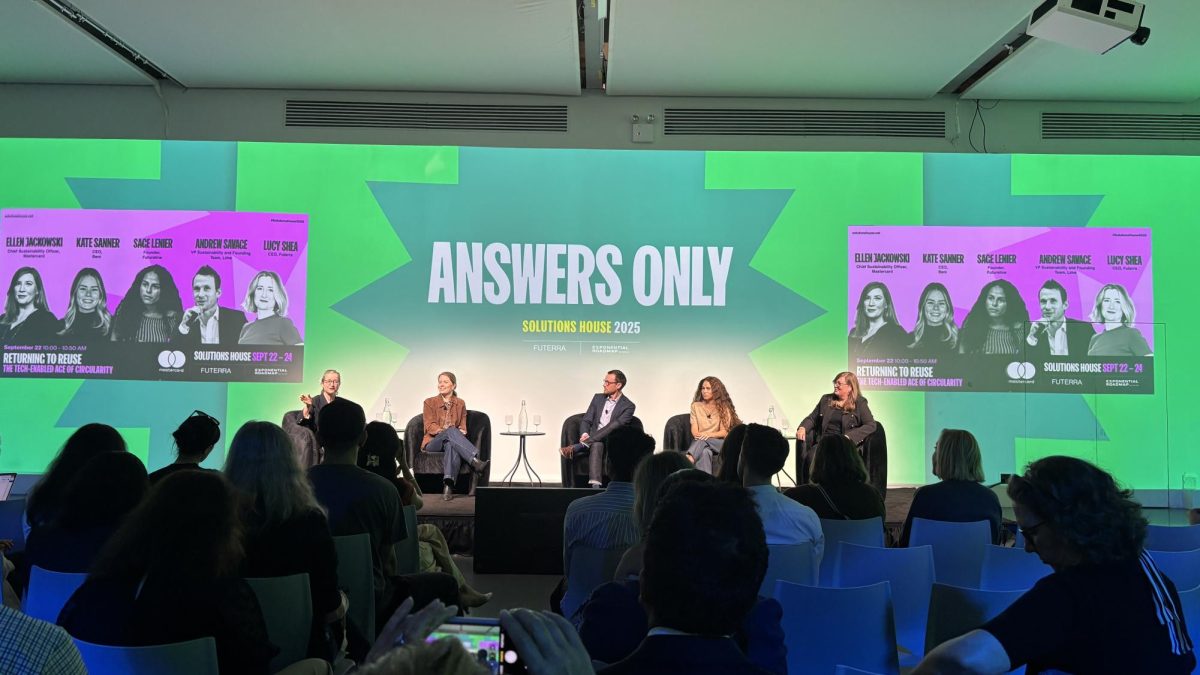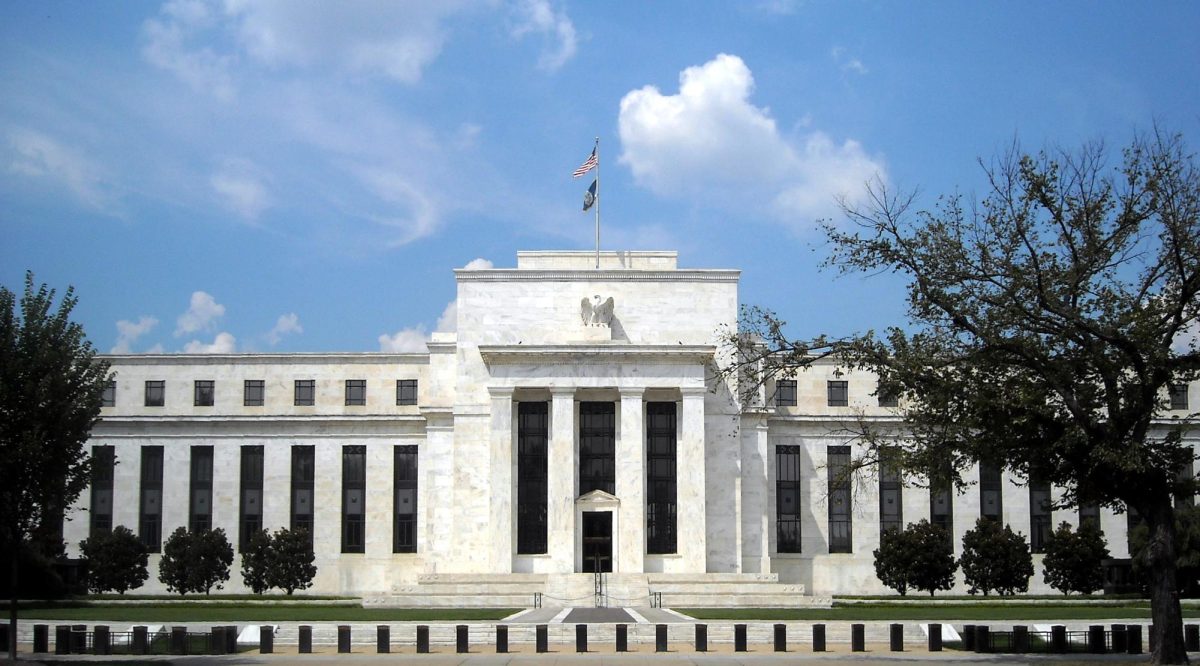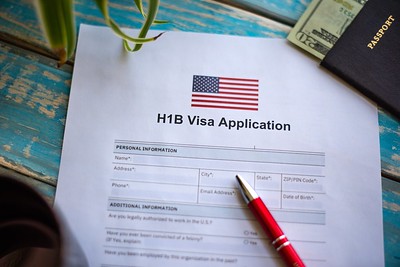The U.S. Department of Labor reported the Consumer Price Index rose to 3.7% year on year on Sept. 13 — surpassing both the 3.6% economists expected and July’s 3.2%.
Inflation rose to its highest this year in August, illustrating a potential obstacle for the Fed’s path. This marks the second month of high inflation, following 12 consecutive declines in annual inflation.
The core CPI, excluding volatile components like food and energy, showed an increase, rising to 0.3% monthly and 4.3% annually. This was higher than the estimated respective rise of 0.2% and 4.3%.
One chief culprit behind the surge was energy prices, rising to 5.6% on the month, including a 10.6% rise for gasoline. A sharp rise in gas prices at the pump is expected to affect American consumer behavior and increase demand for higher wages from employers.
The spike in energy prices can be attributed to a myriad of factors, most recently OPEC+ nations’ production cuts and mounting demand. Another factor that affected the oil export was the recent flooding in Libya, contributing to the rise in energy costs.
In response to the August CPI report, President Joe Biden made a statement addressing the concerns about rising inflation.
“Overall inflation has also fallen substantially over the last year, but I know last month’s increase in gas prices put a strain on family budgets,” Biden said. “That’s why I remain laser-focused on cutting energy costs, including by investing in clean energy to bolster our energy security.”
Additionally, new contracts in the airline and healthcare industries will boost pay while the Fed attempts to slow wage growth to help cool inflationary pressure.
Overall goods, such as used cars and furniture, counterbalanced the surge in rent and travel.
The stock market reacted swiftly to the CPI and initially fell to a higher-than-expected CPI figure. However, it quickly rebounded, and treasury yields also rose.
The Dow Jones Industrial Average Dow fell to 0.2%, the S&P 500 rose to 0.1% and the Nasdaq Composite gained 0.3%. Despite the inflationary pressures, the market reaction indicated overall optimism.
The data revealed a nuanced picture, predicting the overall sentiment that the Fed will likely not raise rates. Core inflation slowed from 4.7% to 4.3%, proving that the Fed’s 11 rate hikes are working.
“Overall, there is nothing here to change the Fed’s plans to hold interest rates unchanged at next week’s FOMC meeting, and we still expect weaker economic growth and a continued normalization in the labor market to help drive a sharper fall in core inflation over the next 12 months than most others expect,” Andrew Hunter, deputy chief U.S. economist with Capital Economics, said in a report.
However, some financial institutions like Barclays anticipate the Fed will raise rates by a quarter percentage point. If this materializes, it will mark the most aggressive rate hike campaign, taking the rate to 5.25% over the span of a 16-month period.
As of writing, the Fed’s Federal Open Market Committee meeting will announce its plan with interest rates on Sept. 19-20. Only then will an accurate picture be painted of its sentiments on inflation.









